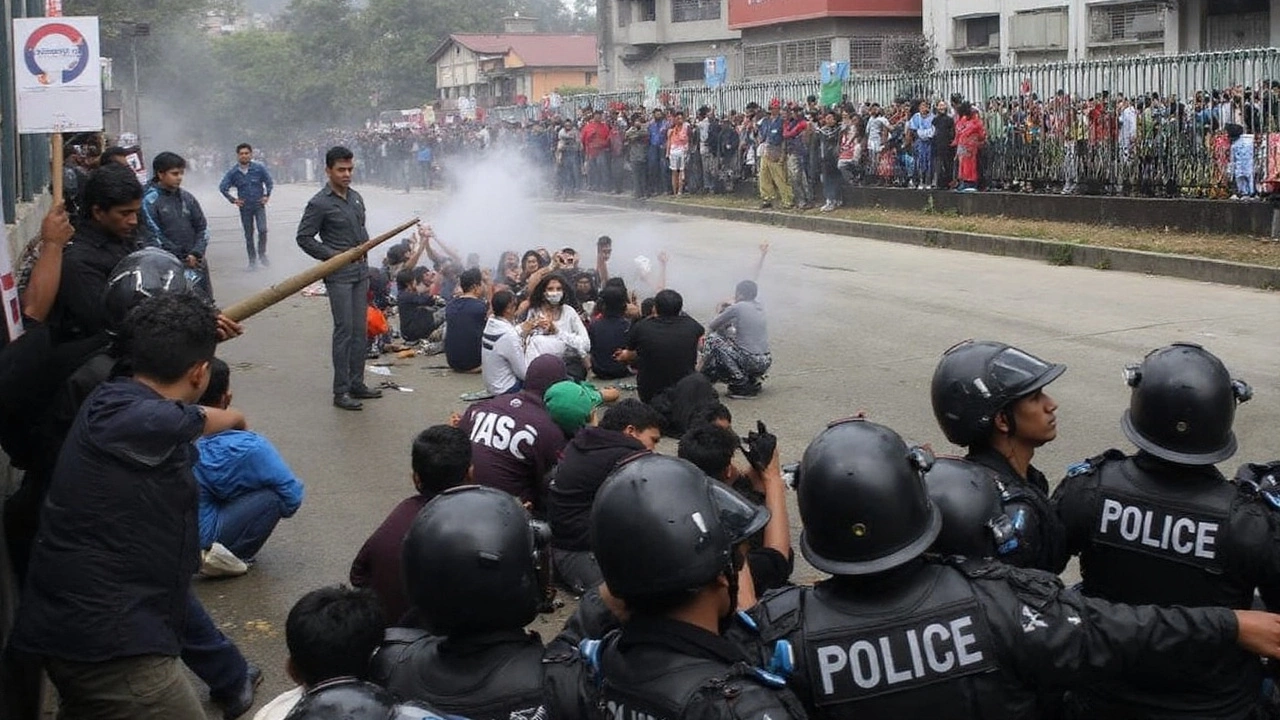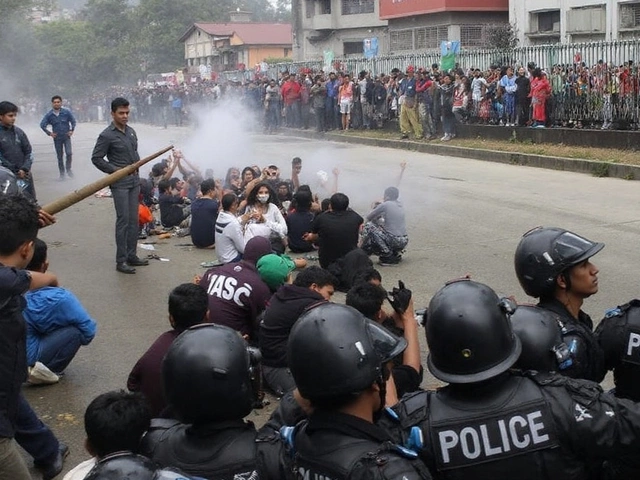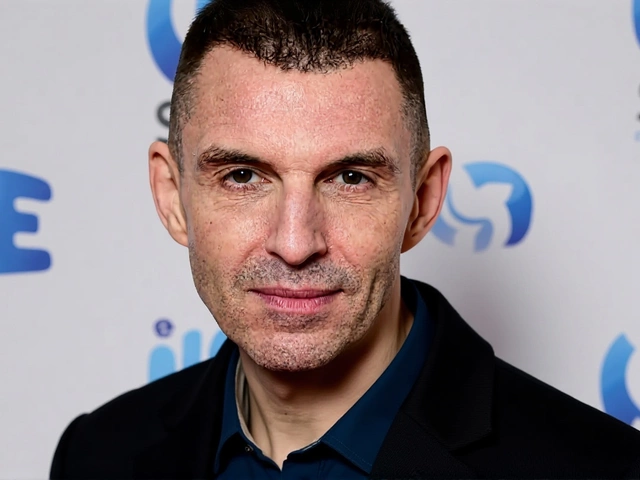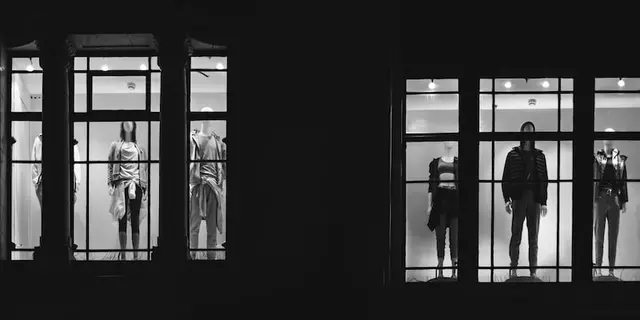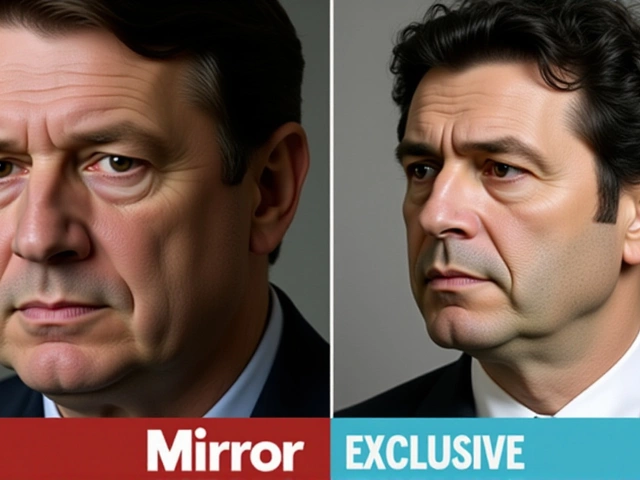A social media blackout, a generation in revolt, and a prime minister’s exit
Nineteen people are dead, hundreds are hurt, and Nepal’s streets are packed with young protesters who say they’ve had enough. What began as anger over corruption and the flaunting of wealth by political families exploded after the government blocked 26 social media platforms on September 4, 2025. Within days, clashes spread from Kathmandu to the eastern district of Sunsari. Under mounting pressure, Prime Minister Oli resigned.
The ban swept up platforms that millions in Nepal use daily—Facebook, X, YouTube, LinkedIn, Reddit, Signal, Snapchat, and more—after they did not register with the Ministry of Communication and Information Technology under new rules. Officials say those rules stem from a Supreme Court directive issued on September 29 last year, ordering platforms to comply with local regulations. Some services, including TikTok and messaging app Viber, registered before the deadline and stayed online. Others did not—and were shut off.
Critics point to the timing. Before the blackout, videos were going viral showing the contrast between everyday Nepalis struggling with rising costs and the luxurious lifestyles of politicians’ children—designer labels, foreign trips, high-end cars. Those clips lit a fuse with students and first-time voters. For them, the shutdown wasn’t just an inconvenience. It felt like a deliberate attempt to cut off the space where they organize, speak, and hold power to account. As one Kathmandu Post editorial put it, this movement is about trust and accountability, not just apps.
The scale is hard to overstate. At the start of 2025, advisory firm Kepios counted 14.3 million active social-media identities in Nepal—close to half the country. People rely on these platforms for news, jobs, sales, and community. Shut them down, and you turn off a key part of public life.
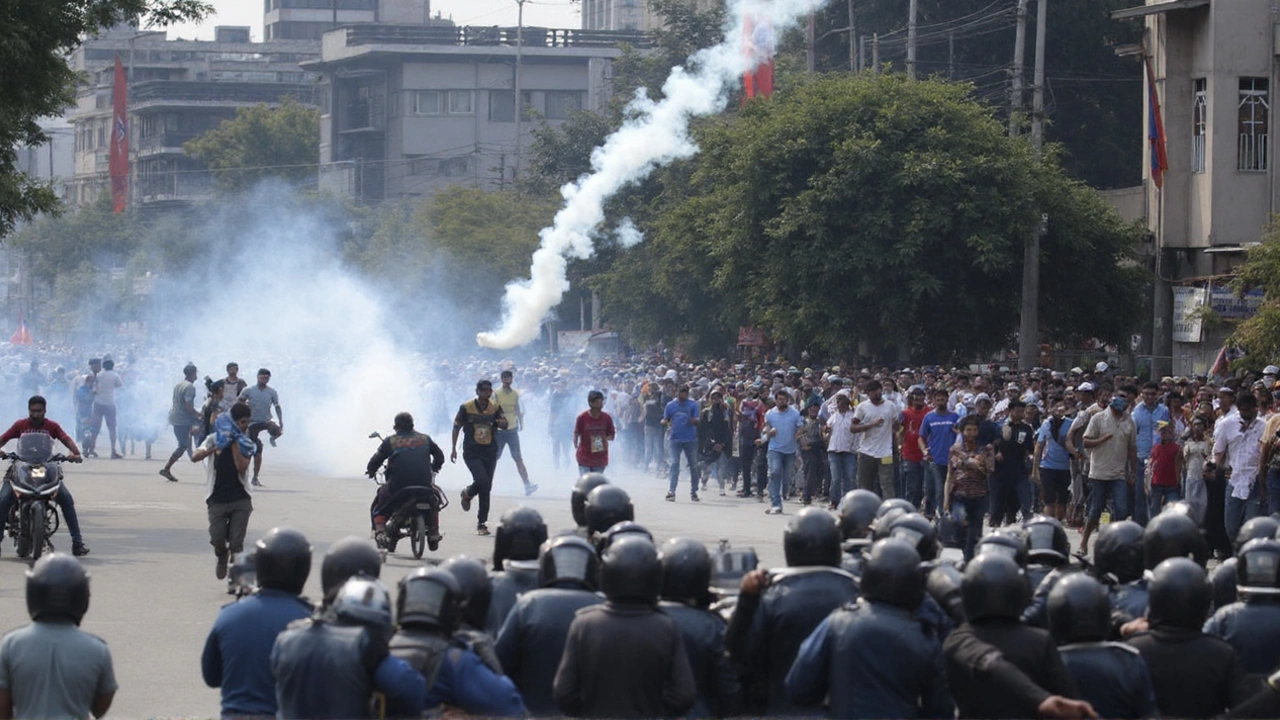
How the crackdown unfolded and what it means next
In Kathmandu, protesters pushed through barbed wire and tried to reach a restricted zone near parliament. Police responded with batons, tear gas, and, according to Amnesty International, live rounds. By the end of the worst day, 17 people were dead in the capital and two in Sunsari. Around 400 people were injured nationwide, including more than 100 police officers, according to police tallies. The United Nations called for a fast, transparent investigation into the use of force.
Security officials framed their response as necessary to prevent a breach of parliament’s perimeter and protect public property. Protest organizers countered that heavy-handed policing and the blackout inflamed tempers, turning peaceful rallies into street battles. Either way, the fallout has pushed the country into a political reset. With Oli stepping down, the constitutional process now moves to assembling a viable parliamentary majority or heading toward new elections. Parties will bargain hard, but the underlying anger—about corruption, economic opportunity, and voice—won’t vanish with a change at the top.
The government’s case on the ban is simple: platforms must register locally so the state can enforce laws, serve notices, and hold companies accountable. Tech firms and rights advocates warn that registration can be a backdoor to overreach if it forces broad takedowns, data handovers, or vague compliance. The truth sits in the middle: without clear rules, platforms duck responsibility; with sweeping rules, governments can silence critics. Nepal is now living that tension in real time.
Meanwhile, the blackout is biting. Small stores that sell through Instagram and Facebook can’t reach customers. Creators and freelancers who built audiences on YouTube or X have lost their storefronts overnight. Community classifieds, study groups, and local news feeds have gone quiet. Families with relatives working abroad—remittances remain a pillar of Nepal’s economy—struggle to keep up with everyday communication on familiar apps.
- Retail and home businesses lose their main sales channels and customer messaging.
- Content creators, tutors, and event organizers see income evaporate without discoverability.
- Job seekers miss out on postings and networking that usually flow through big platforms.
- News consumption splinters, pushing people to less reliable sources and private forwards.
On the streets, the movement’s center of gravity is Gen Z—students and young workers who came of age with smartphones and a federal Nepal that promised more voice and better governance. For them, digital freedom isn’t abstract; it’s the public square. That’s why the slogan that keeps surfacing online and offline is simple: restore access, then talk.
The next steps are delicate. Restoring blocked platforms would reduce the temperature, but the registration standoff won’t vanish. A path forward could include independent oversight of takedown orders, transparent reporting from platforms, and clear limits on data demands—guardrails that let the state enforce the law without muting dissent. Parallel to that, an independent inquiry into the 19 deaths and alleged use of live ammunition is essential; anything less will deepen mistrust.
There’s also a broader political reckoning. The protests started with viral posts on nepotism and excess, but they quickly widened to questions that run deeper: Who gets opportunities in Nepal? Who benefits from public funds? Who is accountable when things go wrong? The answers won’t come from an internet switch. They’ll come from credible reforms, consistent enforcement, and leaders willing to face the same rules as everyone else.
For now, the country sits in a fragile moment: a caretaker political landscape, a wounded public, and a digital public square dimmed by the blackout. The Nepal protests have already reshaped the national conversation. Whether they also reshape the system depends on what the next few weeks bring—on the streets, in parliament, and inside the rooms where the country’s digital rules are written.
